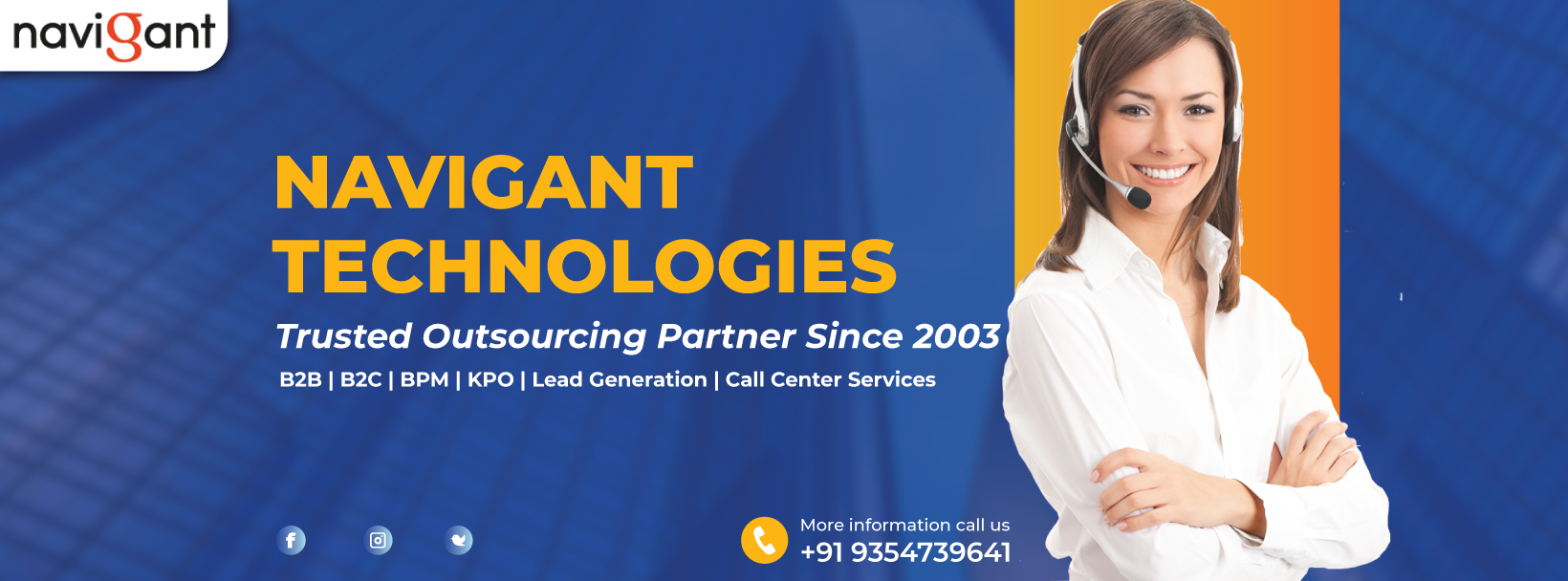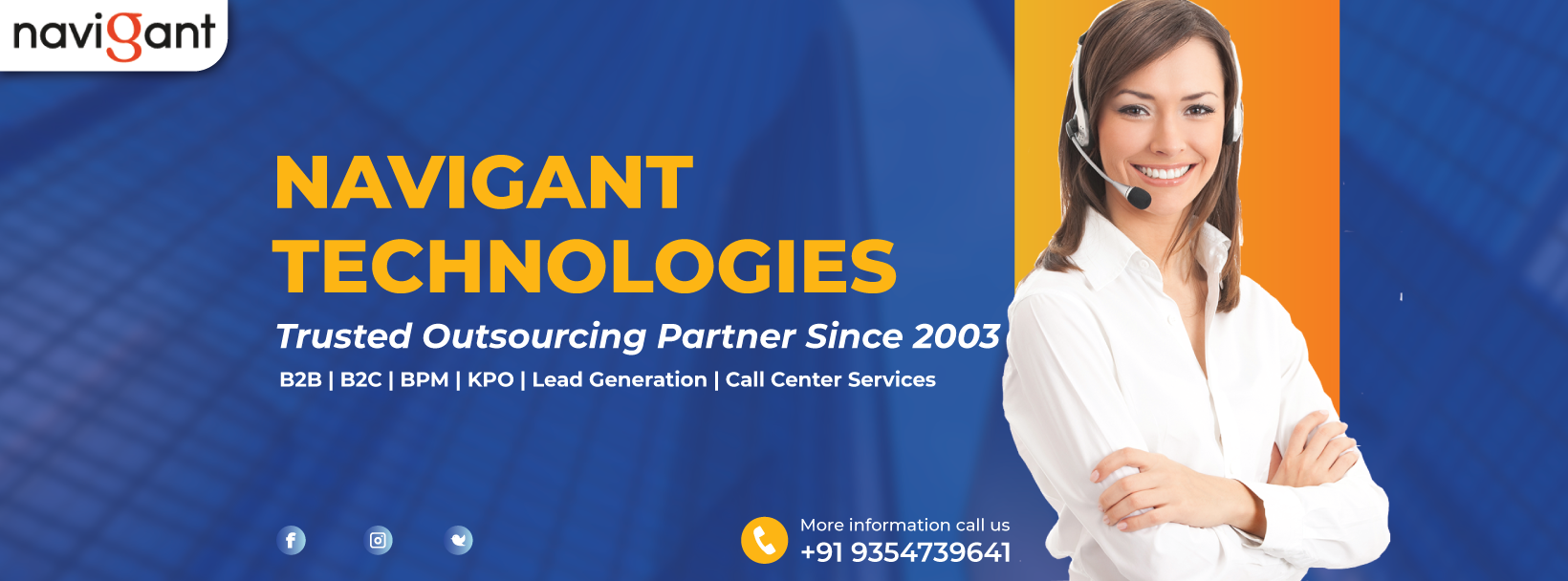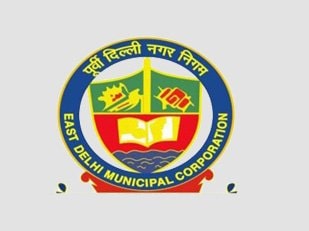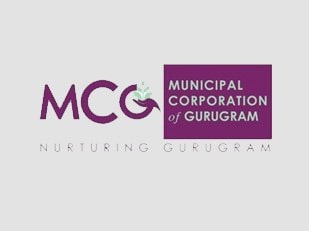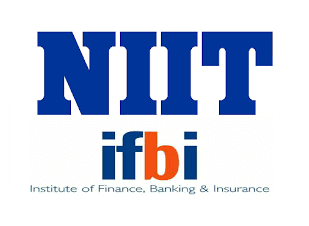What is lead generation and How it grow your business?
What is Lead Generation: definition, strategies
You’ve probably heard about the “lead generation” term many times, but what exactly is lead generation, and how it can be beneficial and essential for your business.
Let’s find out about what a lead is and how to generate leads, how the B2B lead generation process goes, different type of lead generation process, what lead generation trends are there, and how online lead generation services benefit your business.
What is a lead?
A lead essentially is a person or a company which is potentially interested in products or services provided by you. Every lead consists of a set of information that you have on them. For example, a basic lead may contain a name, contact details, company name/location/job title, etc.
Types of leads
Now let’s have an in-depth look at the categorization of different type of leads. We may define three main ways to define them:
Lead type 1: Based on interest
The first point that helps to define a lead is the Interest and we can split them into two subgroups:
Inbound leads or Warm leads, these are the ones who showed their interest by themselves and may find you on their own (for example, they came across your blog or may have subscribed to your newsletters).
Outbound leads or Cold leads, these leads are a subgroup of leads that are generated by your targeting strategy and lead generation tools.
Lead type 2: Based on enrichment
The second types are those leads for which you have preexisting information about them. Depending on the amount of information, we can divide them into two subgroups:
Non-enriched leads are those leads for which you have thin information. Usually, they only have a name and an email address or a phone number (i.e. one contact method).
Enriched leads are those that come with a set of additional data that you can use for personalization and multi-channel marketing, such as, secondary contact details, company name, location, job position, pain points, etc.
Lead type 3: Based on qualification
This type of categorization helps you define leads based on their qualification and at what stage they are in the sales funnel:
Marketing qualified lead (MQL) are those that have an interest in you but are still not ready to communicate. For example, they’ve subscribed to your blog newsletters or they have signed up through your lead magnet, leaving their contact data in exchange.
Sales qualified leads (SQL) are those that have expressed actual interest in your product and are one step closer to becoming a paying customer. For example, such leads usually leave their contact data to get in touch with your sales team so that they may learn more details about your product.
Product qualified lead (PQL) are those has taken action to become a paying customer. They are similar to SQLs but with a slight difference, i.e. PQLs are typical for companies that provide a free trial. These business leads may be using your free trial but are asking you about some of the features available in paid plans only.
What is lead generation?
Now that we have an understating of what is a lead and their types. Let’s define what lead generation is and delve deeper into lead generation process and what it entails.
Lead generation is the process of searching and attracting potential leads to your products and services and increasing their interest through nurturing, ultimately leading to sales. Some common but effective ways to generate leads are through blog posts, coupons, job applications, live events, and online content.
Lead generation can happen organically, as someone who is interested in your products or services, may visits your website, fills out a form, and hence, becomes an inbound lead. But for a business to grow in the current climate, it is not nearly enough to rely on other people to find you. So, you have to engage in both inbound and outbound to secure the growth of your sales pipeline. That's exactly what lead generation does. So, let’s understand the importance of lead generation:
Importance of lead generation
Simply put, lead generation equals business growth. By virtue of this process your business will never run out of customers, and so, this helps stabilizing your income, and gets new opportunities coming in.
Lead generation also increases brand awareness. As lead generation always entails informing you lead about your products and services. And hence, this helps in building natural customer relationships and creates organic interest around your company’s name.
Lead generations help you in target the right people. It helps focusing your resources on specific customers who are more likely to convert into costumers. This results in saved time and money, increasing your company’s processes and growing sales.
Get valuable data. As a rule, generating leads means collecting information about your prospective customers, their wants and needs, and your competitors. This helps you improve your product or service so that it has a competitive advantage in the market.
Types of the lead generation process
Let’s understand about the two most common type of lead generation process: Inbound lead generation (they find you) and Outbound lead generation (you find them).
Inbound lead generation
Inbound lead generation is the process of engaging your marketing channels visitors (such as, your website, blog, social media page) and converting them into leads. The inbound lead generation process is permission-based, meaning the visitor controls how, when, and whether they engage with your content and provide their contact information.
It consists of the following steps:
A potential lead may discovers your company by visiting one of your marketing channels (your website, blog, social media page).
They react to your call-to-action (CTA) by clicking on a button or a link that contains a message encouraging them to take some action.
They are redirected to your landing page, where they fill out a form in exchange for a valuable offer. And hence they are converted to a lead.
Outbound lead generation
Outbound lead generation is process of engaging with potential customers who might know about your company’s products or services. Outbound lead generation is interruption-based, which means communicating with people who are more likely to become your customers. You contact them directly with the aim of communicating your brand and delivering your sales pitch. It embraces the following stages:
You identify your leads and determine their needs and communicate about how you can help them.
You do research about your leads’ contact information, then collect it and keep it organized.
You reach out to your potential leads via cold emails, cold calls, or social networks.
Lead generation strategies
Now that we have a thorough understanding about the difference between inbound and outbound types of the lead generation process, let’s focus on the various lead generation strategies for each case.
Inbound lead generation strategies
The inbound lead generation process consists of finding promotional channels that will attract your potential customers. The source channel for generating inbound leads varies depending on the niche, such as content marketing, social media, and search engines. Let’s understand these strategies:
Content marketing
Many B2B companies use content marketing for lead generation. These consist of Blog posts, freebies, and infographics, these are only the tip of the content marketing iceberg.
Depending on your goals and buyer persona, different content types will work better than others. So, analyze and focus your efforts on content that attracts the best inbound leads. Here are some examples:
Articles and guides: Creating high-quality blog content is one of the best options to generate potential leads because it brings individuals to your page and places you as an expert. However, you should do thorough research before you write any article, optimize texts, and share only applicable content.
Lead magnet: This strategy consist of providing any downloadable content for an email or relevant contact data. The downloadable content may include e-books, cheat sheets, studies, examples, etc. Once the contact data is verified, use the data to send highly personalized and targeted campaigns.
Videos: Informative videos are better perceived. You should create video content similar to the ideas of any written content. You should provide a link that will lead your viewers to an opt-in form, lead magnet, landing page, etc.
Podcasts: They are a great way to generate new leads, as they have become an integral part of our drives to work and professional self-development. So, if your business niche allows, you should try involving them in your inbound lead generation strategy.
Social media
Using social media, you can combine blogging, targeted ads, and more onto one platform and spread the word of your business far and wide. Each platform has its style, positives, and negatives, but inbound leads will find you there, especially if you engage in targeted sponsored postings and ads. 